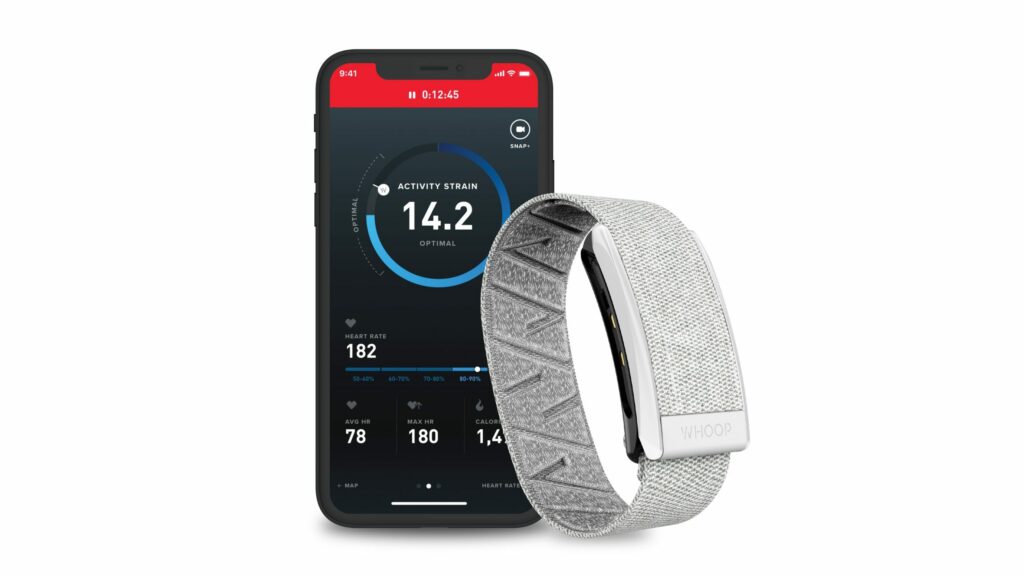Understanding Heart Rate Variability (HRV) and Its Impact on Recovery
Heart Rate Variability (HRV) is an essential metric in the realm of health, fitness, and recovery. It provides valuable insights into your autonomic nervous system (ANS) and overall physiological state. In this blog post, we’ll explore what HRV is, how it impacts recovery, and proven methods to improve your HRV.
What is HRV?
Heart Rate Variability refers to the variation in time intervals between consecutive heartbeats. Contrary to what you might think, a healthy heart does not beat like a metronome. Instead, the time between beats (measured in milliseconds) varies. For example, if your heart rate is 60 beats per minute, the interval between beats could be 1 second, then 0.9 seconds, then 1.1 seconds, and so on. This variability is a sign of a flexible and responsive autonomic nervous system.
The Autonomic Nervous System and HRV
The ANS has two main branches: the sympathetic nervous system (SNS), which prepares your body for ‘fight or flight’ responses, and the parasympathetic nervous system (PNS), which promotes ‘rest and digest’ functions. High HRV indicates a dominant PNS activity, suggesting your body is in a relaxed state. Conversely, low HRV signals dominant SNS activity, indicating stress or strain on the body.
How Does HRV Impact Recovery?
HRV is a powerful indicator of your body’s recovery status and overall health. Here’s how it impacts recovery:
Indicator of Stress Levels: High HRV suggests lower stress levels, while low HRV indicates higher stress. Chronic stress can impair recovery and lead to various health issues.
Monitoring Training Load: Athletes use HRV to monitor training intensity. A sudden drop in HRV can indicate overtraining or insufficient recovery.
Sleep Quality: HRV is closely linked to sleep quality. Poor sleep can lead to decreased HRV, affecting your recovery and overall performance.
Predicting Illness: A significant drop in HRV can sometimes precede symptoms of illness, giving you an early warning to take preventive measures.
Proven Methods to Improve HRV
Improving your HRV can enhance your recovery and overall well-being. Here are some scientifically proven methods:
Regular Exercise: Moderate, consistent exercise improves HRV. Both aerobic activities (like running, cycling) and anaerobic exercises (like weight lifting) have been shown to positively impact HRV.
Adequate Sleep: Prioritize good sleep hygiene. Aim for 7-9 hours of quality sleep per night. Consistent sleep patterns and a dark, quiet sleep environment can help improve HRV.
Stress Management: Practices like mindfulness meditation, deep breathing exercises, and yoga can reduce stress and improve HRV.
Balanced Diet: Eating a nutrient-rich, balanced diet supports overall health and can positively influence HRV. Omega-3 fatty acids, found in fish and flaxseeds, are particularly beneficial.
Hydration: Staying well-hydrated is essential for maintaining optimal HRV. Dehydration can negatively affect heart rate and overall cardiovascular function.
Cold Exposure: Short bouts of cold exposure, like cold showers or ice baths, can stimulate the PNS and improve HRV.
Avoiding Excess Alcohol: Limiting alcohol intake can prevent the negative impact on HRV. Excessive alcohol consumption is linked to reduced HRV and impaired recovery.
Conclusion
HRV is a crucial marker of your body’s ability to recover and adapt to stress. By understanding and monitoring your HRV, you can make informed decisions about your training, lifestyle, and overall health. Implementing the methods mentioned above can help improve your HRV, leading to better recovery, enhanced performance, and overall well-being.
Remember, individual variations exist, so it’s essential to find what works best for you and consistently monitor your HRV to understand your body’s responses better. Stay informed, stay healthy, and prioritise recovery as a key component of your fitness journey.

There are many ways to track your HRV and one that we recommend is WHOOP.






